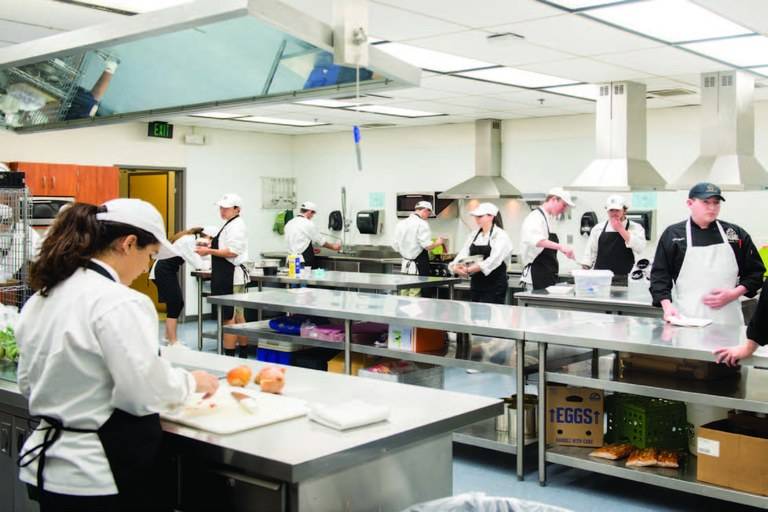When Edmonton chef Daniel Harper stepped onto the set of the national cooking competition Canada’s Best Plate, he carried with him the flavours of the prairies — and a mission to showcase Alberta’s culinary identity. Known in the local dining scene for his inventive takes on bison, barley, and Saskatoon berries, Harper quickly became a fan favourite among viewers who had never experienced prairie cuisine beyond a steakhouse menu. His calm confidence and distinctive plating caught the judges’ attention from the first episode.
Raised in a small farming community outside Red Deer, Harper learned to cook from his grandmother, who prized hearty, locally sourced ingredients over imported luxuries. This upbringing shaped his approach to cooking, blending tradition with modern technique. On the show, he introduced audiences to dishes like bison tartare with wild mustard aioli and roasted root vegetable salad dressed in honey from a neighbouring farm. His choices not only impressed the judges but also sparked curiosity about Alberta’s food heritage.
Competition in the studio kitchen was fierce, with contestants from across the country bringing their regional specialities. Harper’s challenge was to make prairie flavours stand out in a way that resonated with a national audience. In one memorable round, he transformed humble lentils into a refined entrée by pairing them with juniper-smoked duck breast, earning high praise for both originality and execution. The segment trended briefly on social media, with fans debating whether lentils might become Alberta’s next signature ingredient.
Outside of filming, Harper has been an advocate for local sourcing and sustainability. His Edmonton restaurant, Harvest Table, partners with farmers and foragers to ensure that 80% of its menu is made from Alberta-grown produce and meats. He told The Canadian Current that appearing on Canada’s Best Plate was as much about promoting his suppliers as it was about personal ambition. “They’re the ones who make my cooking possible,” he said. “I just try to do their hard work justice.”
The exposure from the show has already begun to reshape his business. Reservations at Harvest Table are booked weeks in advance, and Harper has been invited to collaborate on pop-up dinners in Toronto and Vancouver. His social media following has grown rapidly, giving him a platform to share behind-the-scenes glimpses of life in both the kitchen and the fields where his ingredients are grown. For many followers, it’s a window into a part of Canada they rarely see.
Critics note that Harper’s success also highlights a broader shift in Canadian dining culture. “We’re seeing a greater appreciation for regional food stories,” said food writer Elena Cho. “Diners want to feel connected to the land and the people who grow their food. Harper delivers that in a way that’s both approachable and exciting.” This trend, she adds, is creating opportunities for chefs in smaller markets to gain national recognition without leaving their roots behind.
Whether or not Harper wins the title of Canada’s Best Plate, his journey has already placed prairie cuisine on the national stage in a fresh, compelling way. For Edmonton’s food scene, the spotlight is a welcome boost — and for Harper, it’s proof that the flavours of home can resonate far beyond provincial borders.
